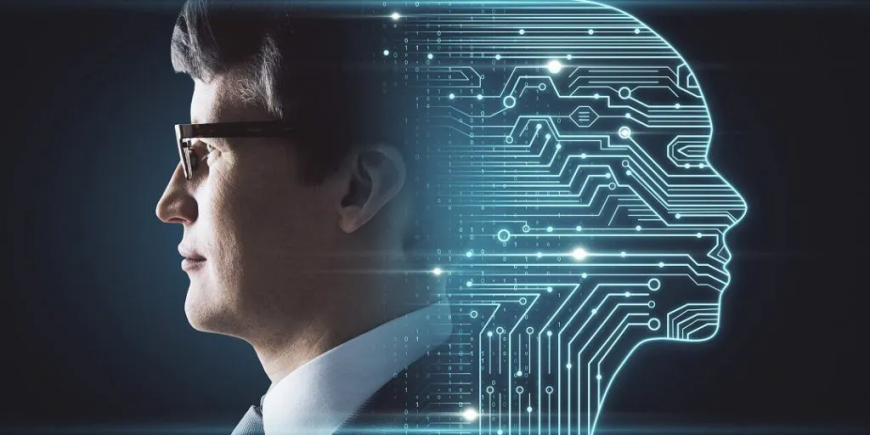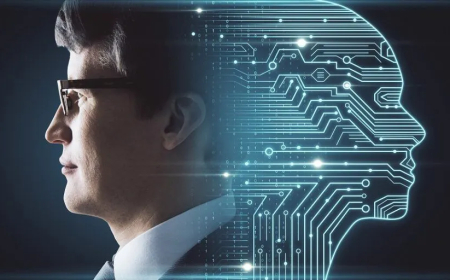Will Artificial Intelligence Lead to an Energy Crisis?
As the use of artificial intelligence technologies surges, electricity consumption in data centers has dramatically increased, with predictions indicating that this trend will continue through the current decade. Esteemed international organizations have examined the dimensions of this challenge and potential solutions.

With the rapid growth of artificial intelligence technology, the demand for energy in data centers has increased at an unprecedented rate. According to forecasts from the International Energy Agency (IEA), global electricity consumption in data centers is expected to reach approximately 945 terawatt-hours by 2030, which is equivalent to Japan’s current electricity consumption. Artificial intelligence is identified as the primary driver of this increase, and it is anticipated that electricity consumption in AI-optimized data centers will more than quadruple by that time.
Experts suggest that if data centers were considered a country, by 2035, these centers could rank fourth in global electricity consumption, following China, the United States, and India. Meanwhile, even a simple query sent to a large language model can consume electricity equivalent to that of an LED lamp for five seconds.
In the lifecycle of artificial intelligence models, the training phase is the most energy-intensive. During this phase, clusters consisting of thousands of accelerators (GPUs/TPUs) operate continuously for several weeks to months. In contrast, inference, which involves responding to queries, consumes significantly less energy, but as the number of requests increases, its share of total consumption rapidly rises.
The issue of energy consumption is not limited to electricity. Water used for cooling data centers and the carbon produced are also significant challenges. For example, Microsoft is striving to design its new data centers in a way that eliminates the need for water for cooling. Additionally, Google has reported that its latest generation of accelerators is over 67 percent more efficient than the previous generation.
Ultimately, while artificial intelligence increases electricity demand, it can also aid in optimizing networks and reducing energy consumption in other sectors. This duality challenges policymakers and industry leaders, urging them to invest in efficiency and low-carbon energy; otherwise, environmental costs may overshadow the achievements of this technology.











